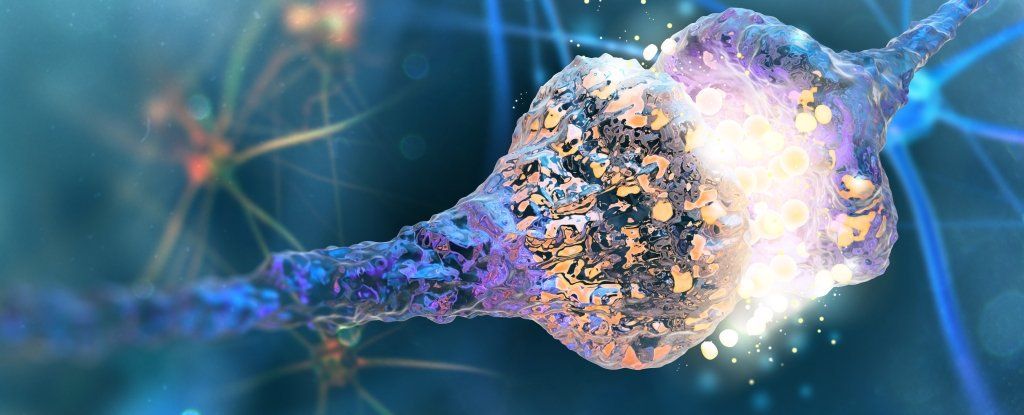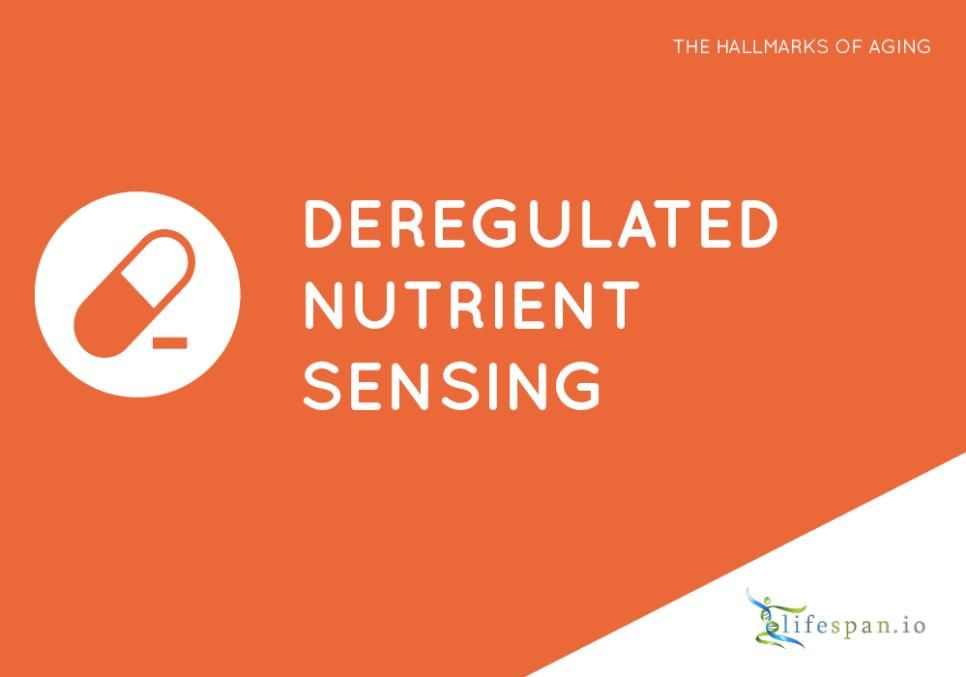That wisdom from Ecclesiastes is the theme of five new novels, which, if they did not give me a taste of immortality, at least made me feel like the week would never end. The coincidence of their arrival is a little creepy, but it suggests the growing relevance of this subject for a generation reviewing itineraries to the undiscovered country with deep ambivalence. In shades of comedy and tragedy, realism and fantasy, these contemporary authors dig up a lot of old conceits and, like Dr. Frankenstein, zap them to life with mixed results.
The dark side of immortality: “How to Stop Time,” “Eternal,” “The Immortalists,” “Immortal Life” and “The Afterlives.”









